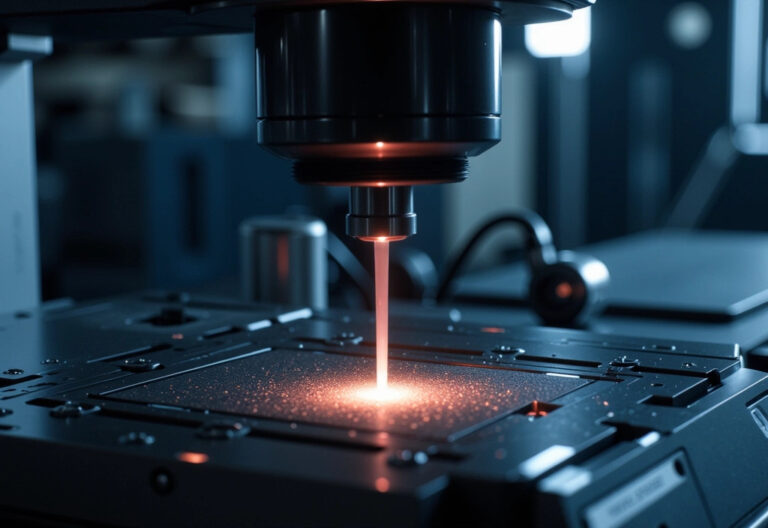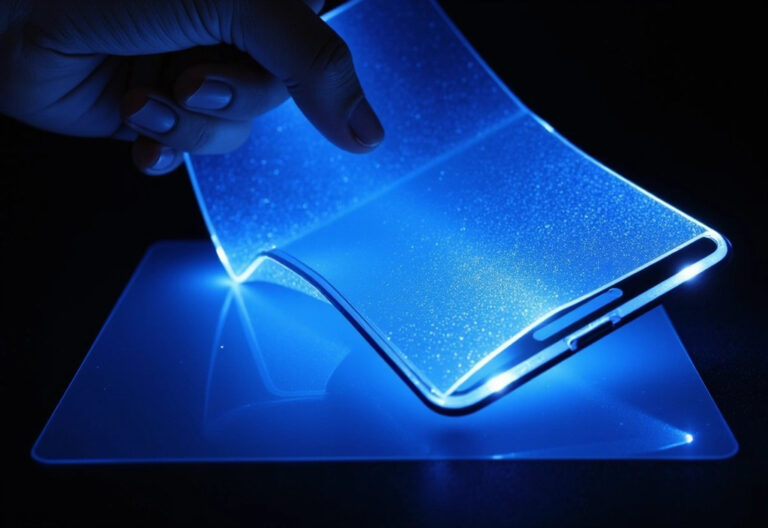
Revolutionary New Metal Could Change Space Exploration and Everyday Tech
Scientists have developed a revolutionary shape-memory alloy that is lightweight, ultra-strong, and superelastic, even in extreme cold. This breakthrough material, made from titanium, aluminum, and chromium (Ti-Al-Cr), could transform space exploration, medical implants, and advanced engineering. With the ability to bend and recover its shape across a wide temperature range, this alloy is set to redefine durability in deep space, high-tech devices, and everyday applications.












